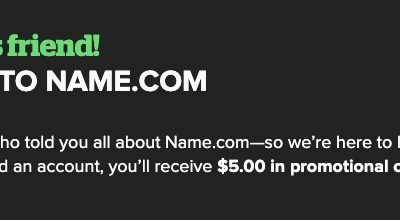Online Video has been one of the most successful inbound marketing methods to promote your product/services or just offer information that may convert your visitor into a lead, with the prospect of increasing sales indirectly.
The popularity of home and business videos has skyrocketed, and it seems like the vast majority of individuals and businesses (more than 80%) have either watched a business video or even made their own. Popular sharing platforms include company’s individual websites and social media video platforms like YouTube.
What makes online videos so popular?
So what makes online videos so popular? Comparing to other methods, online videos have the following pros:
- They act as an active supplemental tool to the message you wish to send. If you want to reach your audience and enhance your text more effectively, online videos are great. They offer a combo of visuals and audio that are able to stimulate the attention of your audience more easily.
- They can be watched anytime from anywhere. Videos, unlike scheduled webinars, can be watched anytime from anywhere as long as they are online.
- You have the option to make your videos private, limited access or public. For example, you can make a video and share its link with a specific group, or just share it with everyone that visits your page or profile.
- They work across multiple social media platforms. Famous social media like Facebook and Twitter have optimized built-in video functions for uploading and sharing videos.
- Simple Videos can be made with the use of basic equipment like a webcam and simple editing software.
The only downside of videos (or at least the most major issue) is that professional videos take time, cost, and effort to make. You’ll have to hire a team behind them which will tackle all the aspects of making a video such as designing, scripting, setting, shooting, and editing.
How to start making online videos
Your message first and foremost and the way you are going to send it via an online video is what will be your first step. Answer the basics: What? Who? Why? And you’ll form a basic idea on what to do next. Set your goals and then proceed with a plan for your campaign. For example, how many videos are you going to make in an X period of time? What are you going to share them with? In what platforms e.g. website, social media, blog? What are your message/s? How are you going to finally make and edit your video? Will you be working with your own team or hire some other people outside to do them on your behalf?
You’ll have to consider all the aspects just before you get into action, as these are important for kickstarting your online video campaign, just before you get into action!





